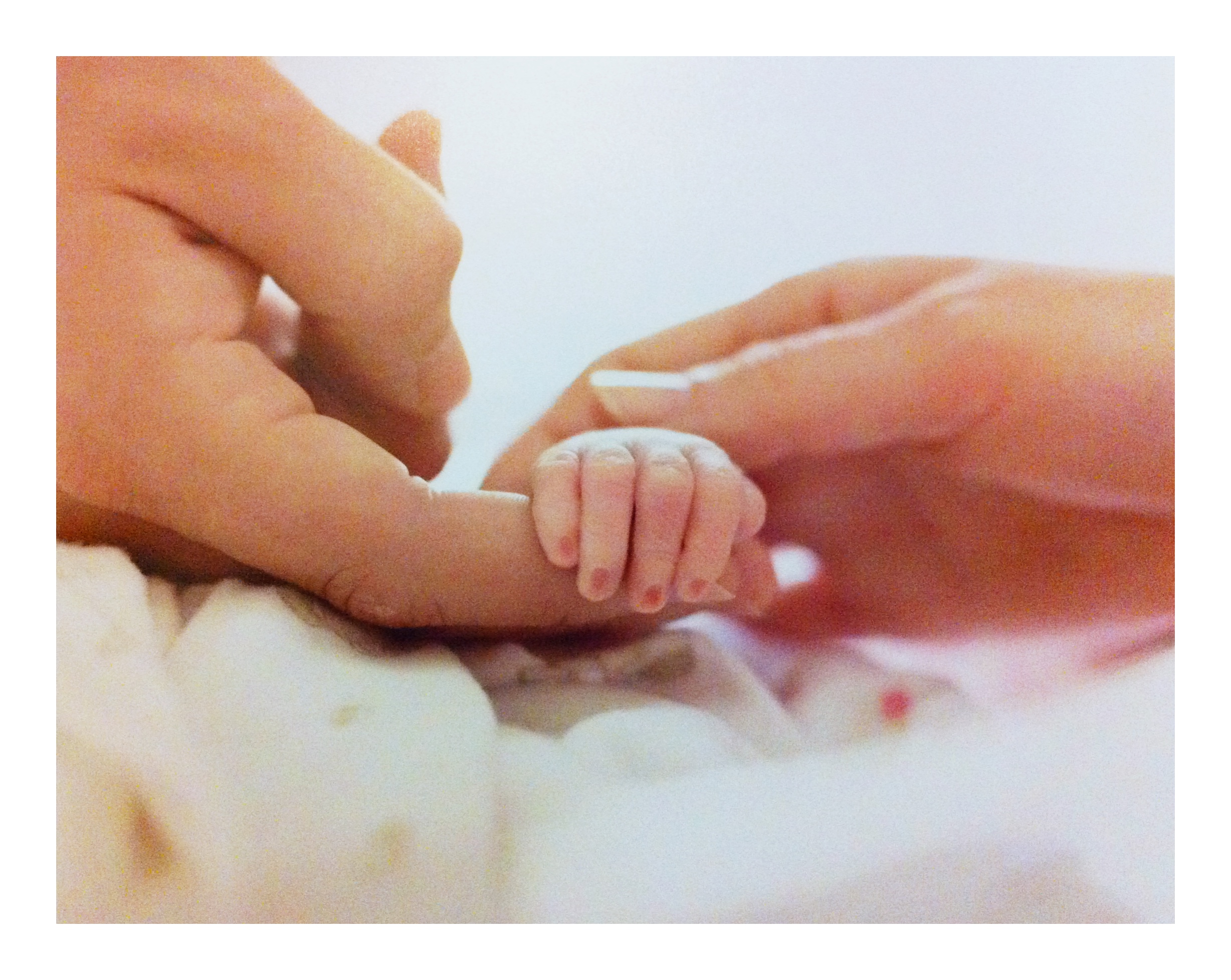When we experience a deeply emotional or traumatic event it can be natural part of recovery to search in multiple directions for outlets that can aid the healing process. PTSD, Anxiety disorders and Depression are some of the serious mental health conditions that a bereaved parent can find themselves confronted with after Stillbirth or Infant death.
When the words are too hard, or there are no words to describe what it is you feel then utilising an artistic venture may be a way to bridge that void in expression.
So, what is Art Therapy? Well – Music, dance, painting, writing, photography; these are some Art Therapy methods that bereaved parents may be drawn to.
By finding ways to express often difficult and complex traumatic emotions, it may help to be both literal and symbolic. Bringing together the parallel lines of blackness and joy, the intertwining of guilt and sorrow, the mixture of unbearable loss with overwhelming love. Art comes from within and creative expression may help uncover avenues to outwardly express an internal emotion.
The contemplative focus of painting, the bold expression of dance; not everything works for everyone, but to be able to find something that helps express the changing emotions that now resonate within you following a traumatic experience has for many, including myself, been something that has been a positive influence of how I make sense of the event.
After my daughter’s Claudia’s stillbirth, I found writing the events of her birth and death very cathartic. My main focus was being able to record what had happened so that in the future, if her siblings ever wanted to know exactly what occurred, they would have a vivid and accurate record of those events. Not a faded memory.
I believe it assisted me by opening up a more positive grieving process. Using writing as a therapy allowed me to be aware of the experience from different perspectives. Entering the experience on my own terms, not censoring emotions and helping me find my personal identity after the trauma.
Although all outcomes are subjective to the individual, wellness is about being inclusive of what works for the individual in their process. Giving participants an outlet that connects the inner dialogue into an outward expression of healing. Helping find strength and courage in the experience, rebuild identity and self-acceptance. It can be used as a distraction, an affirmation or it can allow freedom enough to calm the mind.
So pull out those paints and brushes, tap away on that keyboard, go move your body, make that music or take those photographs. You may already be doing some of this without realising.
A thought once expressed becomes something other than ourselves, perhaps it allows perspective, perhaps it allows reflection, whatever it does, becoming involving in an Art Therapy can be an important and positive tool in an inclusive framework of self-care after trauma.
…
Find out more information at:
ANZATA: the Professional Association for Arts Therapy in Australia, New Zealand and Singapore. https://www.anzata.org
ATOL: Art Therapy Online http://ojs.gold.ac.uk/index.php/atol
or search for Community based programs in your area.
And for an interesting local look at Art Therapies out of West Australian:
Davies et al. BMC Public Health (2016) 16:15 DOI 10.1186/s12889-015-2672-7
https://bmcpublichealth.biomedcentral.com/articles/10.1186/s12889-015-2672-7


